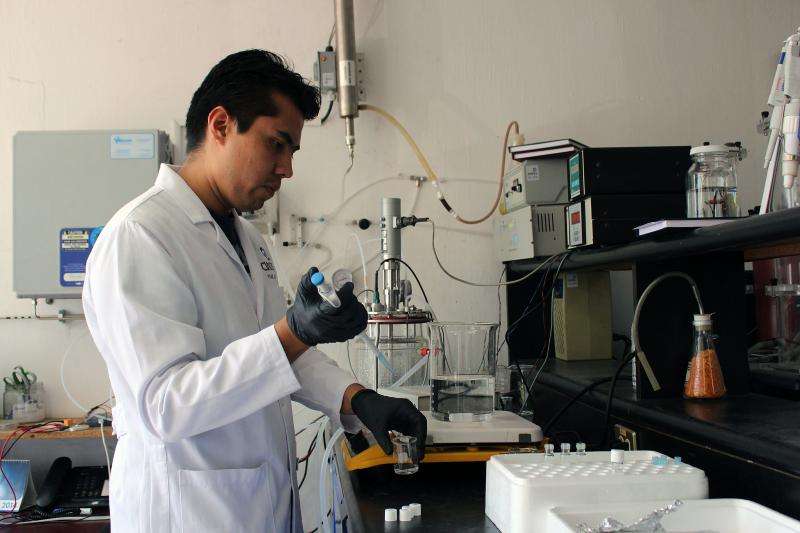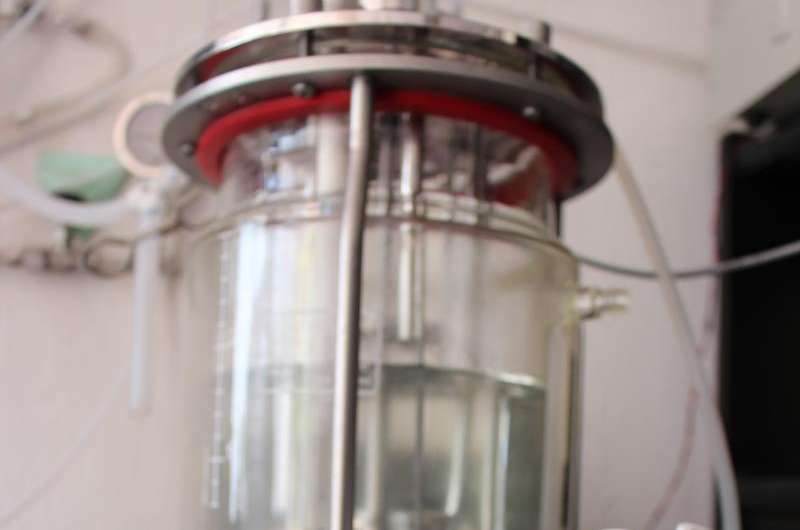Researchers develop technology to remove hormones from drinking water

At the Center for Research and Assistance in Technology and Design of the State of Jalisco (CIATEJ) at the east of Mexico, an oxidation process has been developed that uses ozone to degrade contaminants in water that alter the synthesis, transport, action or elimination of natural hormones.
These compounds represent a potential risk to human health associated with problems in the male and female reproductive systems, and some of them are precursors of breast and prostate cancer.
The research team led by PhD Alberto Lopez at CIATEJ carried out the procedure via gas-liquid reactors, where water contaminated with disrupting compounds of the endocrine system (EDCs) is passed through a gas stream with ozone, which is a major oxidant.
Under certain conditions of temperature, the pH, pressure and ozone dosage, the EDCs are degraded to less than 95 percent of initial concentration, exceeding conventional water treatment processes that only reach 50 percent removal.
EDCs are found in surface water, soil and air. There is great diversity of them, including solvents, organochlorine pesticides, flame retardants, plasticizers and synthetic and natural hormones.
The project aimed at developing analytical methodologies to identify and quantify these compounds in different types of water, as well as the development of a process of advanced oxidation based on Ozone (POA-03) to degrade EDCs present in the water in order to establish the technical, scientific and optimal treatment conditions for a future scaling process.

This research led to a technology that can be integrated in the final part of a water purification system. Furthermore, the results provide a precedent to regulate the presence of these compounds through quality standards and reduce public health risks.
The process is intended to complement a traditional system of water purification in which, despite methods such as coagulation, flocculation, filtration and chlorination, EDCs persist.
Liquid waste, from industrial or domestic sources contain low concentrations of these compounds. Even when treated by conventional methods, EDCs remain in the effluent, which usually lead to a river or lake that serves as a drinking source.
Conventional treatments for water. such as activated sludge or coagulation-flocculation processes, are not sufficient to remove these compounds that are recalcitrant to natural or controlled biological degradation, therefore removal efficiency is very low.
The process was developed and validated at a laboratory and at pilot scale. This project has resulted in a patent called "Process to degrade recalcitrant compounds present in the water," which was granted in 2014..
Provided by Investigación y Desarrollo



















